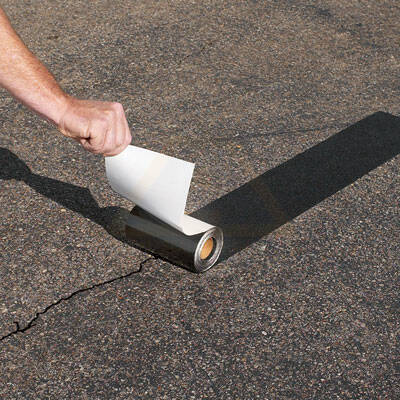

When I first used the process to bond a poly (a polyurethane bumper cover), I didn’t believe the result. Your result, every time, will be hard to believe. our polymer-enhanced, Surface Insensitive Structural Cyanoacrylate,.What’s the secret of the Bonding Poly Process? It’s how we combine Now that we have that issue out of the way, you’ll ask, “How do we do the impossible?” We use the Bonding Poly Process (patent pending) to stop the on a poly tank. All Tech-Bond Kits – Better chemistry, better results.Water Pipeline Repair Resources and Reports.
STOCK CRACK REPAIR PATCH
STOCK CRACK REPAIR HOW TO
How To Repair A Flexible Polyurethane Plastic Bumper.How to Repair a Rigid Polypropylene Bumper Cover.Polypropylene Gas Tank Repair- It CAN Be Done.Repairing a large hole in a poly tank – it can be done!.The Tech-Patch Story – started with a request to solve a problem.I have been using that method for 30 years and have never had a joint failure. You will be pleasantly surprised at the results. It does not seem to noticeably affect the strength of the epoxy.īefore you tackle a repair, mix up a few small batches to get the hang of tinting it. I start with basic brown then add a little black if I need to darken it up. I tint the mixed epoxy with a drop of Testor’s enamel hobby paint (does not take much).
STOCK CRACK REPAIR FULL
After wiping off the excess epoxy I let it set up for the 30-45 minutes then do the razor blade scrape (if necessary) and then let it set for a full 24 hour cure. I open the crack as far as possible and give the epoxy a chance to run down inside then close and clamp the crack. Others take longer to set but I’ve been concerned about them running out of the crack and onto the finish. Some will set in 5 minutes, which to me sounds like they won’t spread into the very fine splintered area withing the cracks in the wood. I like the idea of using epoxy but have been concerned about which one to use. I wish I had taken a before and after picture but, below is the after on my 1897 repair. After many shots, I see no sign of the cracks opening up.

Once dry, I just scrape flush with a razor blade and touch up with a little gun stock oil. The beauty of Gorilla glue is that it expands as it cures, forcing the glue into the joint and pores of the wood. Wipe off as mush access glue as you can after the crack is closed and before it cures. Open the crack as wide as possible and inject the Gorilla glue, clamp, and let dry overnight. The key to using Gorilla Glue is to spritz the crack with water before and after applying the glue. I have repaired a couple of buttstocks with tangs cracks on each sides without using pins or screws and each one was a practically invisible repair afterwards. I would like to recommend using Gorilla Glue for repairing cracks in stocks and forends.


 0 kommentar(er)
0 kommentar(er)
